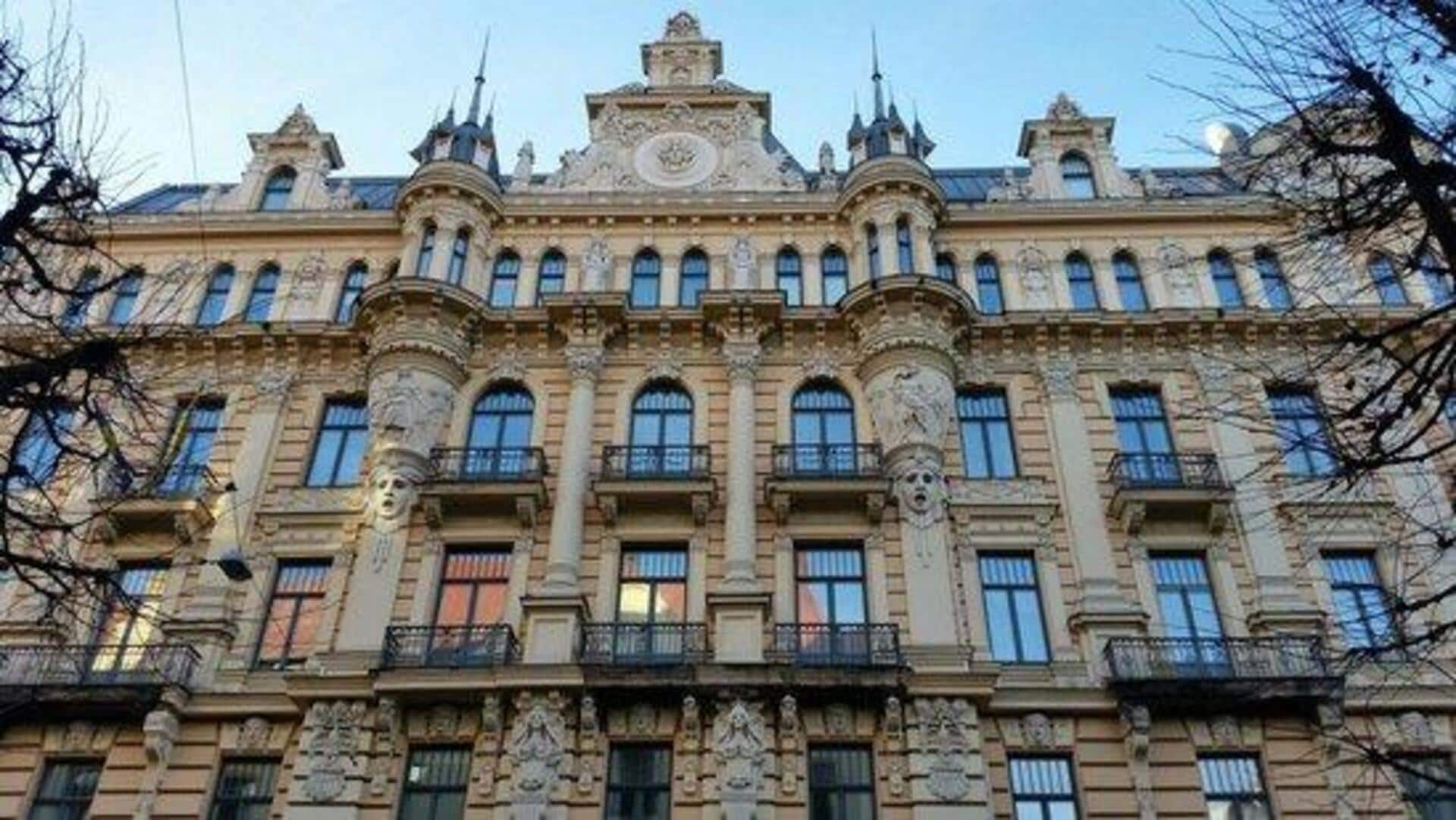
Riga, Latvia: A journey through Art Nouveau marvels
What's the story
Riga, the capital of Latvia, is a treasure trove of Art Nouveau architecture, boasting over 800 buildings in this distinct style.
The city offers an unparalleled journey back to the early 20th century.
Its streets, lined with intricate facades and decorative sculptures, form a living museum.
This invites travelers to explore Riga's rich artistic heritage and architectural marvels.
Starting point
Begin at Alberta Street
Alberta Street is the ideal starting point to explore Riga's Art Nouveau wonders.
Buildings here are adorned with floral motifs, mythological figures, and elaborate facades.
A leisurely walk down this street allows visitors to admire the exceptional craftsmanship and intricate detail that define each structure.
It makes it a must-visit for architecture enthusiasts eager to experience the city's rich artistic heritage.
Museum tour
Visit the Art Nouveau Museum
Located in an authentic Art Nouveau building, the Riga Art Nouveau Museum offers insights into the daily life and artistic nuances of this era.
The museum's interior is meticulously preserved, allowing visitors to immerse themselves in the early 20th century ambiance.
It is a must-visit for anyone interested in understanding the cultural context behind these architectural wonders.
Architectural gems
Explore Elizabetes Street
Elizabetes Street is a key spot for Art Nouveau fans, showcasing styles from subdued to highly decorated facades.
Notable are buildings by the famous Latvian architect Mikhail Eisenstein, known for his imaginative and lavish designs.
This variety makes the street a must-visit for those interested in the architectural diversity and creativity of the Art Nouveau movement in Riga.
Expert insights
Guided walking tours
Joining a guided walking tour offers deep insights into Riga's Art Nouveau heritage.
Knowledgeable guides highlight historical context and details that might otherwise be missed.
It's an excellent way to meet fellow architecture enthusiasts and learn from experts.
Riga's architecture tells stories of innovation, artistic freedom, and cultural evolution.
It invites visitors on a journey through one of Europe's most significant architectural collections.